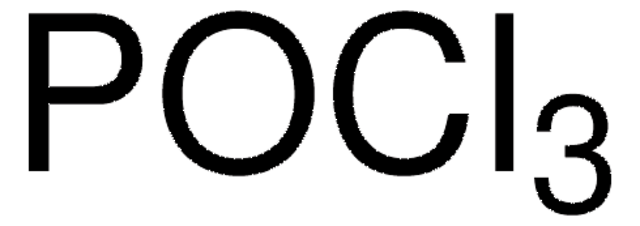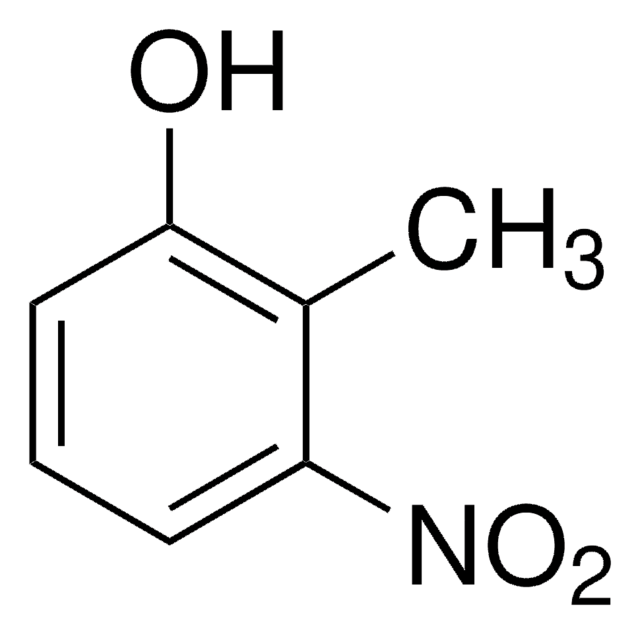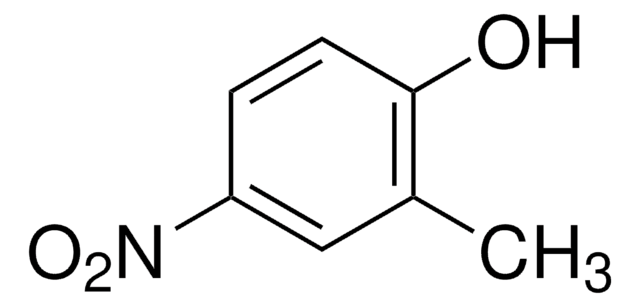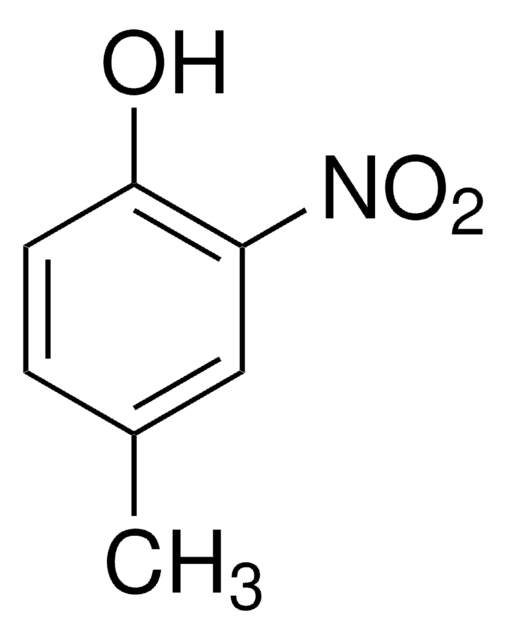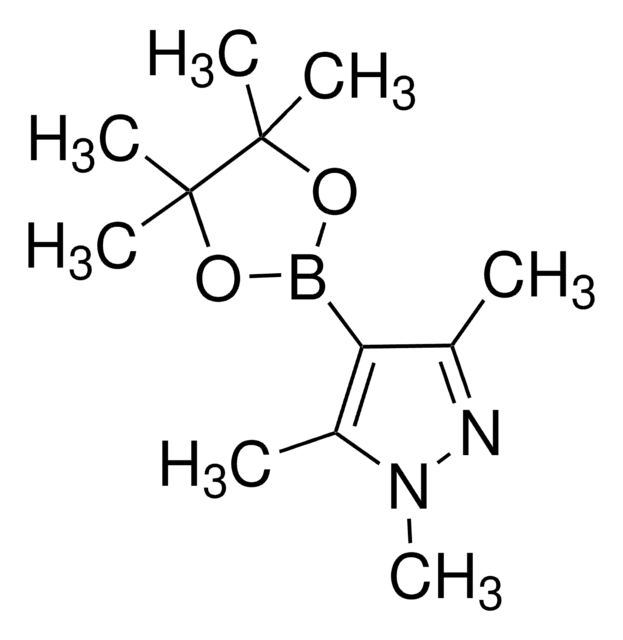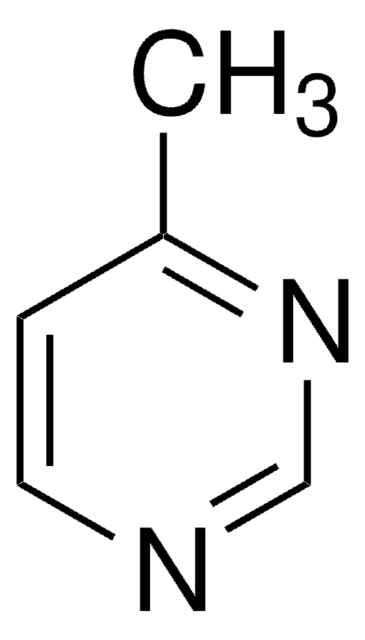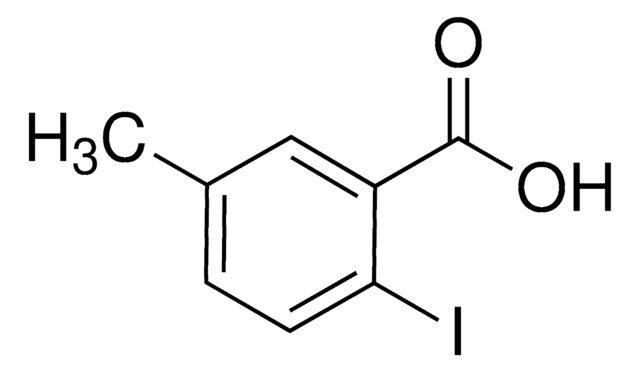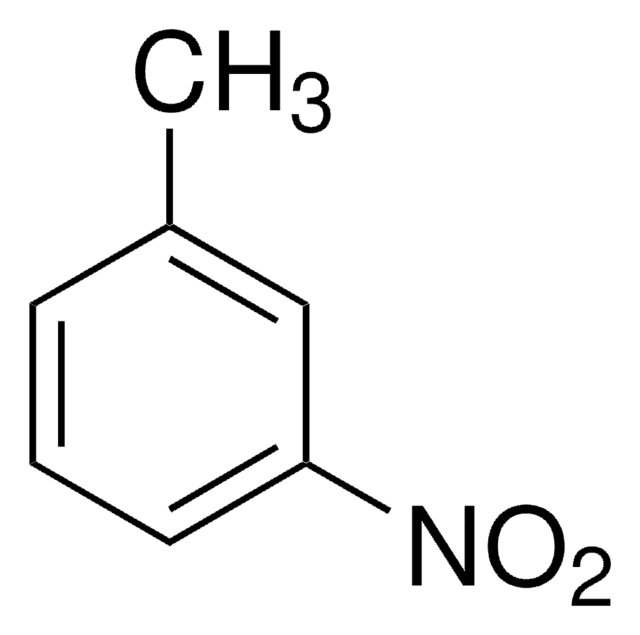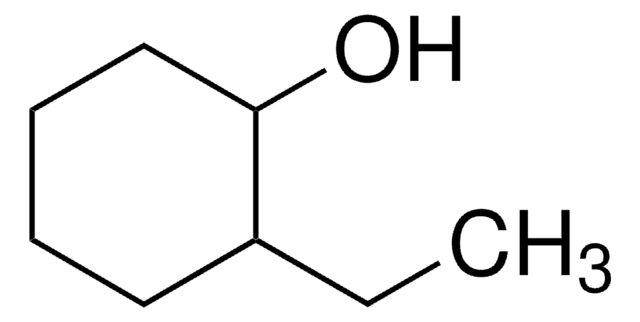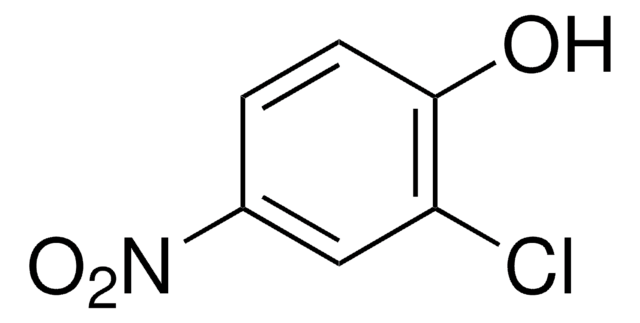139815
4-Methyl-3-nitrophenol
98%
Synonym(s):
3-Nitro-4-methylphenol, 3-Nitro-p-cresol, 4-Hydroxy-2-nitrotoluene, 4-Methyl-5-nitrophenol, NSC 41205
Sign Into View Organizational & Contract Pricing
All Photos(1)
About This Item
Linear Formula:
CH3C6H3(NO2)OH
CAS Number:
Molecular Weight:
153.14
EC Number:
MDL number:
UNSPSC Code:
12352100
PubChem Substance ID:
NACRES:
NA.22
Recommended Products
Quality Level
Assay
98%
mp
78-81 °C (lit.)
functional group
nitro
SMILES string
Cc1ccc(O)cc1[N+]([O-])=O
InChI
1S/C7H7NO3/c1-5-2-3-6(9)4-7(5)8(10)11/h2-4,9H,1H3
InChI key
BQEXDUKMTVYBRK-UHFFFAOYSA-N
Application
4-Methyl-3-nitrophenol was used as standard during the determination of nitrophenols. It was used as starting reagent during the synthesis of 1-methyl-2-nitro-4-(tetrahydropyranyloxy)benzene.
Reactant for:
- Protein micro- and nanopatterning
- Preparation of biologically and pharmacologically active molecules
- Selective tetrahydropyranylation under non-acidic Mitsunobu conditions
Signal Word
Warning
Hazard Statements
Precautionary Statements
Hazard Classifications
Eye Irrit. 2 - Skin Irrit. 2 - STOT SE 3
Target Organs
Respiratory system
Storage Class Code
6.1C - Combustible acute toxic Cat.3 / toxic compounds or compounds which causing chronic effects
WGK
WGK 3
Flash Point(F)
Not applicable
Flash Point(C)
Not applicable
Personal Protective Equipment
dust mask type N95 (US), Eyeshields, Gloves
Choose from one of the most recent versions:
Already Own This Product?
Find documentation for the products that you have recently purchased in the Document Library.
Determination of nitrophenols in rain and snow.
Alber M, et al.
Fresenius' Zeitschrift fur Analytische Chemie, 334(6), 540-545 (1989)
Synthesis of arcyriarubin B and related bisindolylmaleimides.
Brenner M, et al.
Tetrahedron, 44(10), 2887-2892 (1988)
Belinda Huerta et al.
Aquatic toxicology (Amsterdam, Netherlands), 219, 105380-105380 (2019-12-20)
Population control of invasive sea lamprey relies heavily on lampricide treatment of infested streams. The lampricide 3-trifluoromethyl-4-nitrophenol (TFM) is thought to impair mitochondrial ATP production through uncoupling oxidative phosphorylation. However, the effect of TFM on the entire electron transport chain
Our team of scientists has experience in all areas of research including Life Science, Material Science, Chemical Synthesis, Chromatography, Analytical and many others.
Contact Technical Service